|
|
Home
I
Person
I
Last
Updates
I Email
I
Exchange
Rates
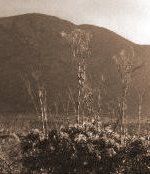 |
A
four hour inland drive from Perth will take you to the
Stirling Ranges (consult the map for details). This range of
protruding sandstone rocks was formed over millions of
years. By impacting forces and outside erosive powers the
range evolved into its current shape. With 1095m, Bluff
Knoll of the Stirling Ranges is supposed to be the highest
mountain in Western Australia... |
|
| S t i r l i n g R a n g e s - Bluff
Knoll, Mt Trio, Albany
|
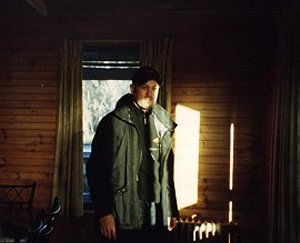 |
A
four hour inland drive from Perth will take you to the
Stirling Ranges (consult the map for details). This range of
protruding sandstone rocks was formed over millions of
years. By impacting forces and outside erosive powers the
range evolved into its current shape. With 1095m, Bluff
Knoll of the Stirling Ranges is supposed to be the highest
mountain in Western Australia. The best time to visit is in
late spring, early summer (October - December) because of
the pleasant weather. In winter it can snow on the mountains
and climbing gets difficult, overall weather conditions are
worse.
|
|
In
summer it can get quite hot, always bring enough water with
you. However, anyone who’s keen on experiencing
"nature’s spring show" should visit the area in
late spring. A range of wildflowers and wild orchids will
await you. Wildlife in the form of kangaroos, emus, snakes
and birds is abundant. We went down in September for a
weekend and stayed at the Stirling Range Retreat, which is
run and owned by a lovely couple. The place consists of a
few self-contained wooden chalets, situated at the bottom of
Bluff Knoll (more information under accommodation). If you
want to climb any of the mountains in the area, consider the
weather conditions. Generally, the weather on mountains can
change in a matter of moments (as we experienced).
|
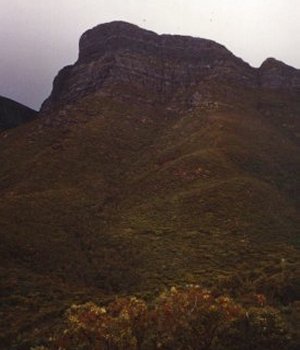 |
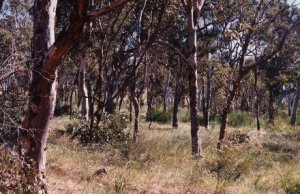 |
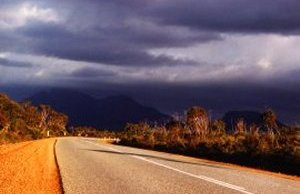 |
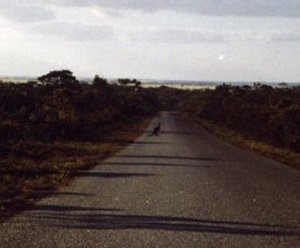 |
The
best time to start a climb is as early as possible (6.00am).
It took us 3 hrs to get to the top in a comfortable pace
with breaks. Since we started late (10.00am) we got to the
top and could not see a thing (so, no views for the late).
We got surrounded by rain clouds real fast. While the
temperatures where pleasant about 500m below us, we had to
put on jumpers and jackets to keep warm and dry at the top.
The cloud formations can be magical and also quite
intimidating at times (the mountains can be covered in dark
clouds while the sun shines everywhere else).
|
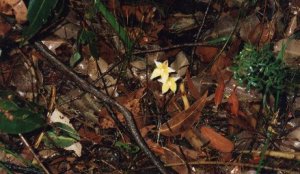 |
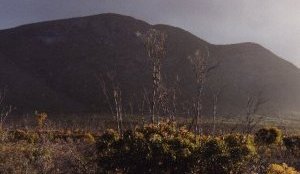 |
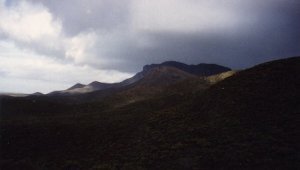 |
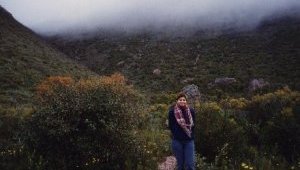 |
|
This
is probably why the aboriginal tribes, who were the original
habitants of this area, saw Bluff Knoll and the rest of the
mountain range as a dangerous place and home of evil
spirits. As I stood before the mountain I carried similar
feelings. On the way up you will pass different sorts of
vegetation levels. At the bottom you will find tall, green,
flowering shrubs and trees, while a hundred metres above the
plants will reduce in size with overall smaller leaves and
flowers.
|
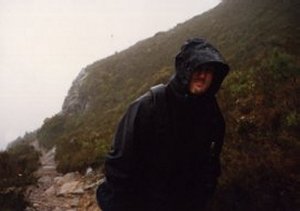 |
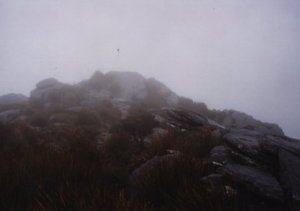 |
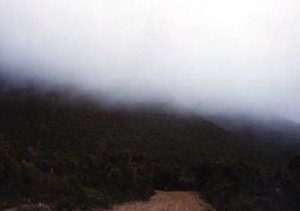 |
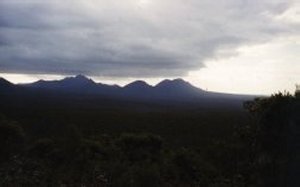 |
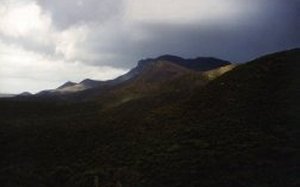 |
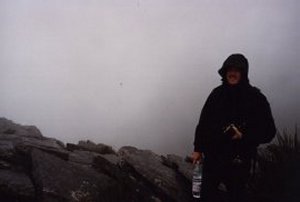 |
As
the air gets thinner, the plants adjust to the changing
conditions. Flowers that can be enjoyed in this area include
the Blue Lady (Thelymitra crinita) and Cows Lip Orchid
(Caladenia flava), different coloured Mountain Bells and
some wonderful Mignonette Orchids. Of course there are many
more, but these are the ones that I especially love.
|
|
Albany - Albany
town, the Gap and the Natural Bridge |
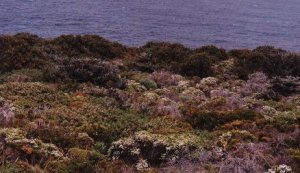 |
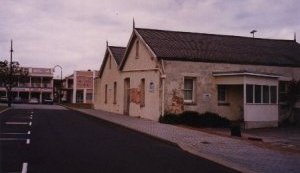 |
|
Albany
is a habour town and about an hours drive away from the
Stirling Ranges. Historically Albany was the first Western
Australian settlement (1826) and used to be called
Frederickstown (after an English aristocrat). Britain used
to ship its excess prisoners to its overseas colonies and
one of these was Australia. Albany was a penal station like
most other cities in Australia. Here, the aboriginal people
of this area used to live in harmony with the new settlers.
Albany used to be Western Australia’s main post collection
point due to the coasts natural habour shape. This is why
the former Post Office Building is quite a major sight in
this town.
|
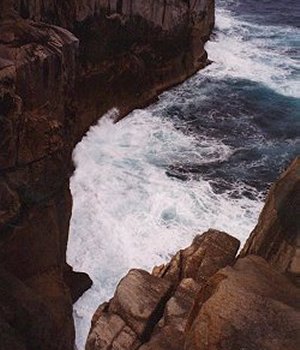 |
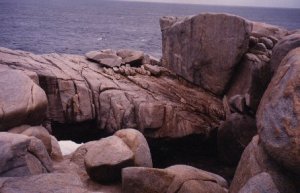 |
Apart
from the Post Office building, which is now Part of a
Restaurant for Tourists, there are some churches and town
hall to see. A drive out to the Coast will get you to the
whaling museum. However, we were only interested in the
natural sights, the sea and the rugged coast in general. We
drove out to The Gap and The Natural Bridge, which are
natural, bizarre rock formations.
|
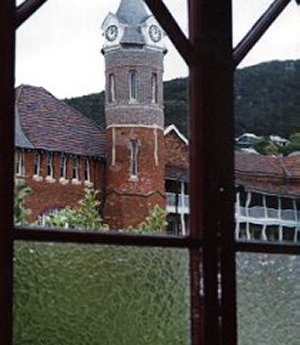 |
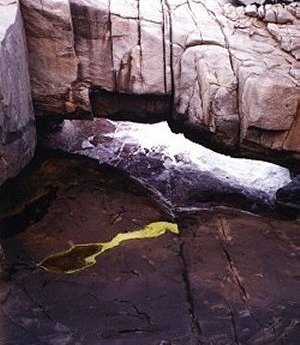 |
|
The
sea can get quite rough, especially in winter. Once, a
visitor was taken into the sea by a metre high wave climbing
up the gap. There are warning signs all around these sights,
to inform people. Apart from a rough sea in winter,
Albany’s coast also offers calm, azure blue waters with
wonderful secluded white sandy beaches, which can be enjoyed
in summer. More info is available at "Guides and
Information".
|
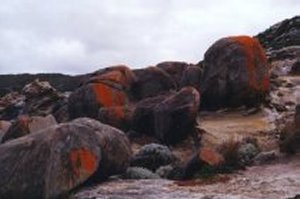 |
|
Last
edited 19-06-01
All
photos by A. & S. Goss
©
A.Goss, April 2001 |
|
|





















